With news of more 737-9 aircraft possibly having loose bolts in their mid-cabin door plugs, Boeing starts 2024 in the worst way possible.
It is two days since an Alaska Airlines Boeing 737-9 lost a door plug, as it climbed through 16,000 feet. This was Alaska Air flight 1282, departing from Portland International (KPDX), heading for Ontario International (KONT).
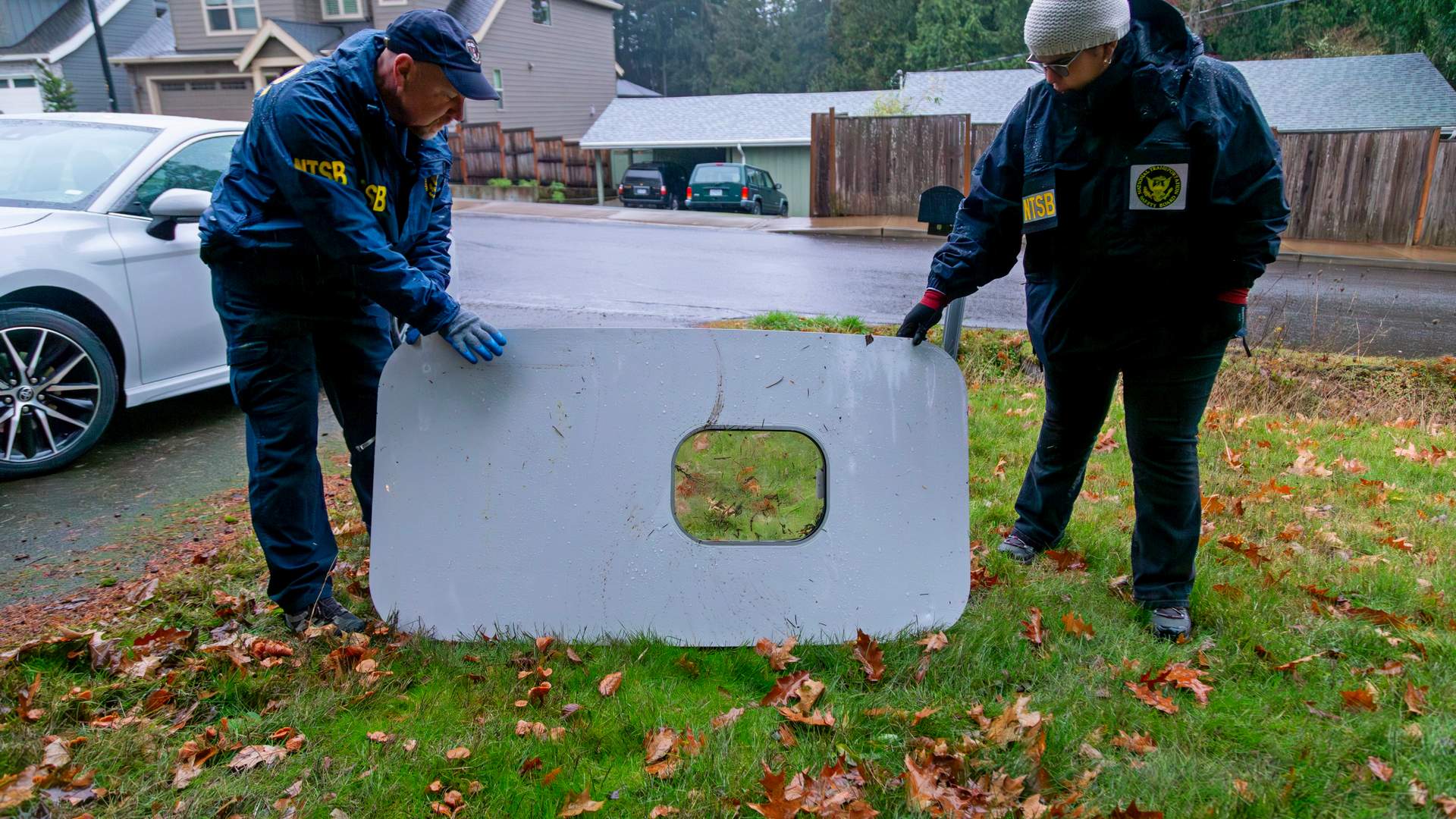
As we’ve already seen, the aircraft suffered an explosive decompression, when the left waist-cabin door plug was somehow separated from the rest of the aircraft. The NTSB confirmed that an individual found the door plug after it landed in his backyard!
Thankfully, while some passengers in the Alaska flight required medical attention, it appears that nobody suffered serious injuries. Also, the door didn’t hit anyone on its way to the ground. A good thing, since it weighs approximately 60 pounds (27 kilos).
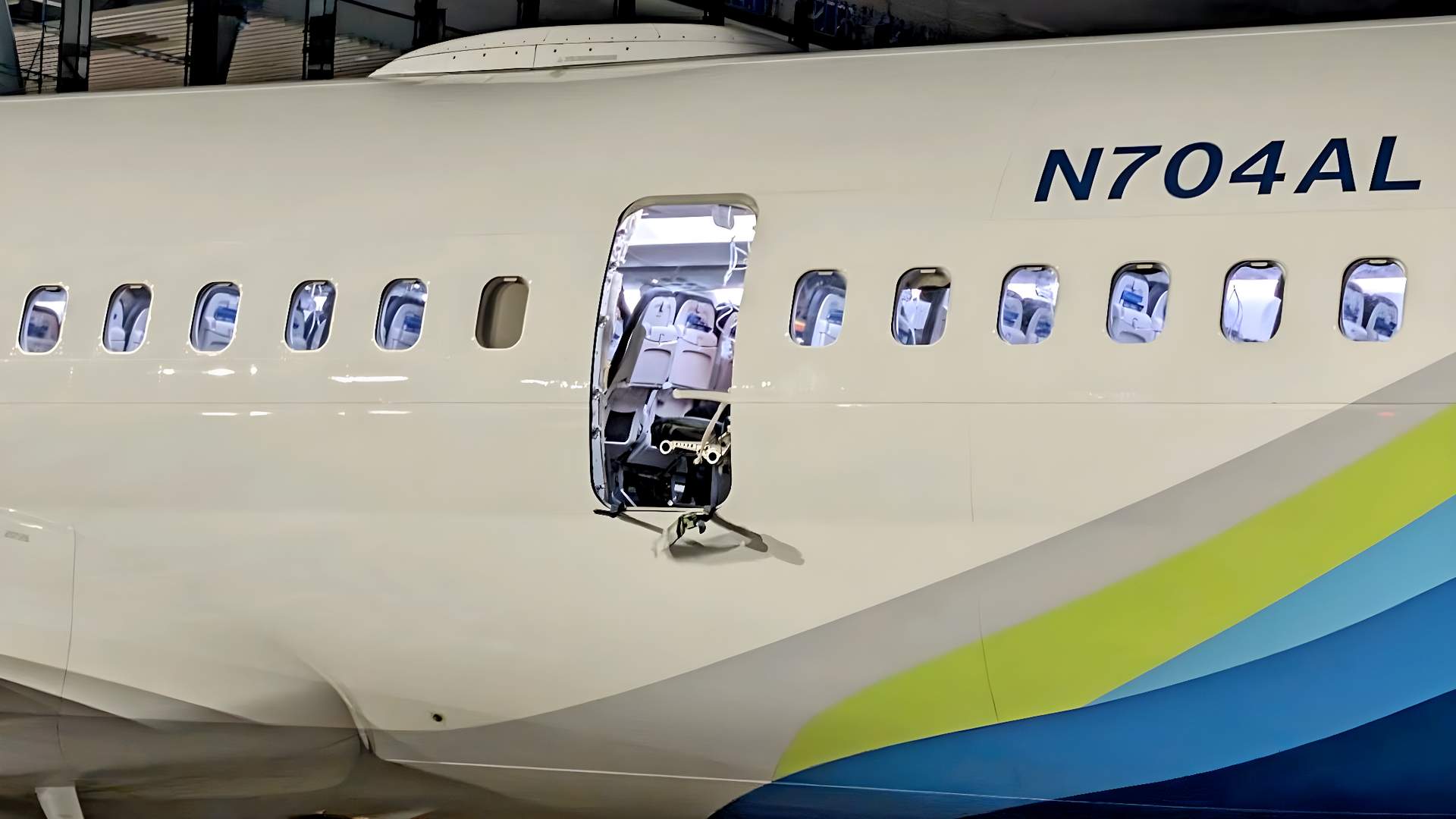
There was also some amusing news in this affair when someone recovered an iPhone that had fallen from the aircraft, and which didn’t have so much as a scratched screen. But for Boeing, the immediate repercussions of this 737-9 door plug issue could hardly be more serious.
Boeing 737-9 Door Plug – A Description
A “door plug” is still a door, with the normal hinges and other components that engage into the frame, to hold cabin pressure. What the door is missing is the latching/release mechanism, along with a vent to depressurize the cabin in an emergency, before opening.
Instead of the opening mechanism, the door plugs of these Boeing 737-9 single aisles have four bolts, secured using safety-wired nuts. Airlines (including Alaska and United in the U.S.) use such door plugs in the mid-cabin door positions of their Boeing 737-9 fleets, since these planes have fewer than 189 seats.
The door plug has a regular passenger window, unlike the porthole of the functional emergency exit, and no handle or other indication that there is a door behind the wall. Both the NTSB and the FAA are investigating this serious incident.
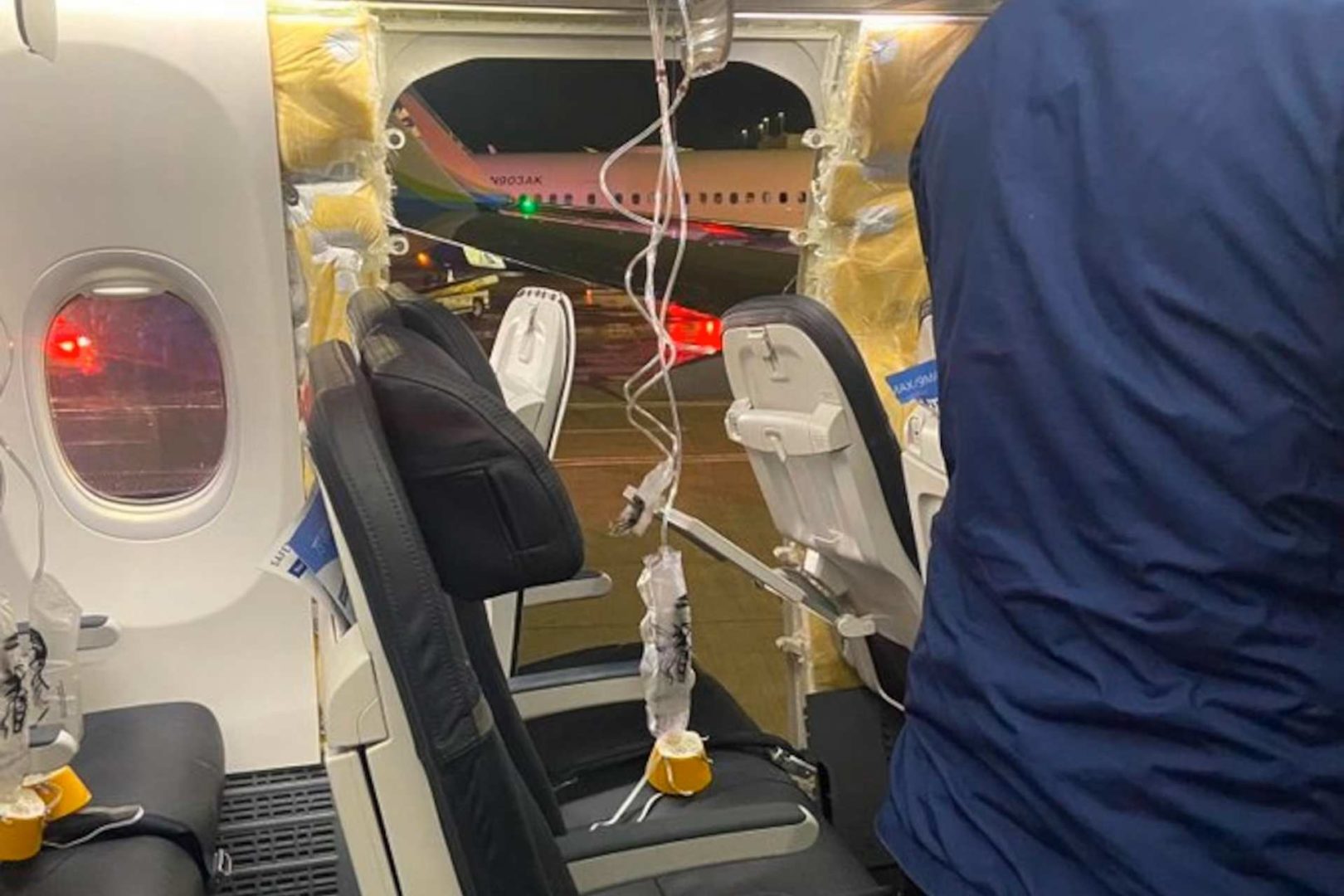
Checking for proper installation of these door mechanisms’ bolts and other attachments reportedly takes around four to eight hours per aircraft. But initially, the FAA was waiting on Boeing to prepare paperwork for the inspection.
Boeing took some time to prepare this paperwork, which the FAA then approved. This cleared the path for operators of Boeing 737-9 aircraft with door plugs to inspect them and return them to service.
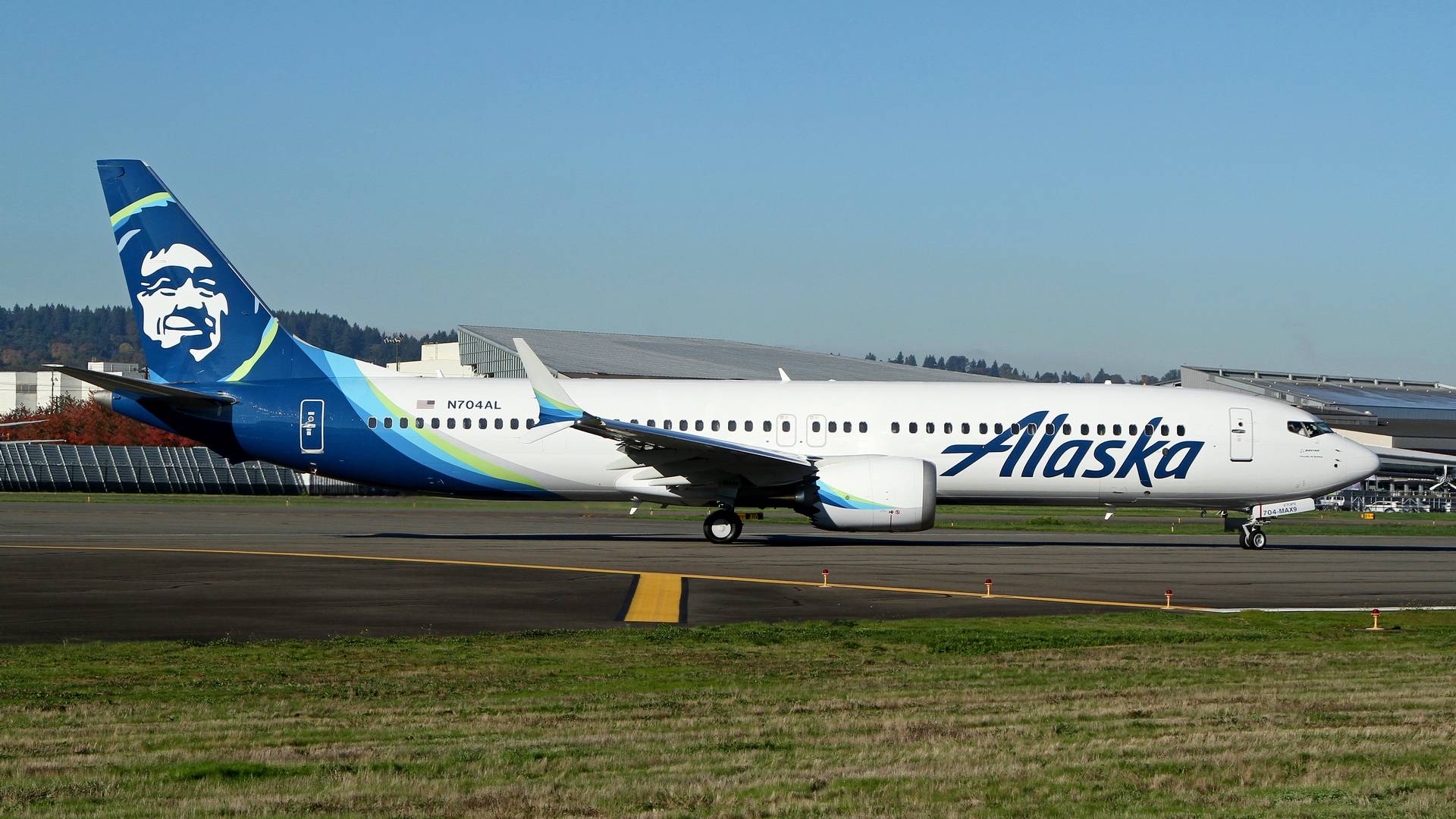
More Planes With Loose Bolts?
Worryingly, The Air Current reports that United Airlines found loose door fittings on at least five aircraft in its Boeing 737-9 fleet. At this time, we don’t know how old these jets are and how long they have been flying in this condition.
But there is no question that this matter is giving Boeing a black eye – and it comes at a lousy time. Boeing is on the verge of getting certification for its 737-7, the smallest MAX variant. It has recently begun flight testing the larger 737-10 with FAA pilots, plus it is looking for an exemption in the 737-7 certification, involving engine anti-icing.
Meanwhile, Boeing is also keen to resume deliveries of new 737s to customers in China, at a time when geopolitics is beginning to look more favorable for the manufacturer. And finally, there is the flight testing and certification of the 777X.
So no, this 737-9 door plug issue is not what Boeing needs right now. We have recently seen that Boeing and tier-one supplier Spirit AeroSystems dealt with two quality control issues last year, affecting 737 production.
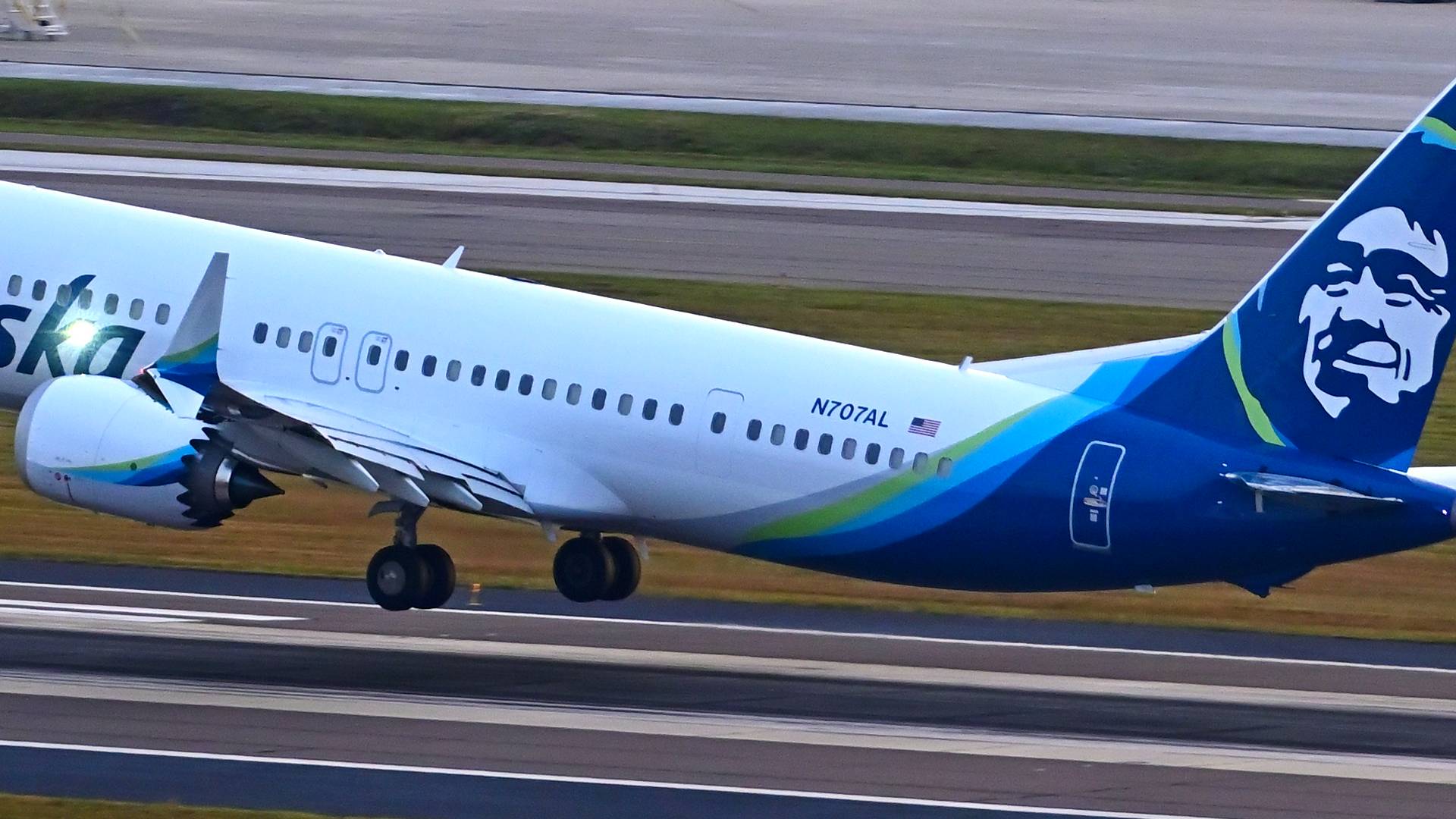
This new issue is refocusing the public’s attention on Boeing’s relationship with its supplier. Restoring public confidence has been a moving target for Boeing. Unfortunately, there still seems to be some way to go on that front.




10 comments
Mitch
An educated guess here. I am afraid that the four 1/4 inch bolts that hold the door in place were left out the last time the door was closed. The springs on the hinges well hold the door aligned with the stop pads until a hard landing or turbulence moved them out of alignment then even a low pressure differential would push the door out of the fuselage
Bradley
I was looking through the articles again and noticed that there was some mention of wires to stop the bolts from loosening. Are these castellated nuts that use a cotter pin going through slots in the nuts and a hole through the bolt? I didn’t see a cotter pin in the images. I did see what appeared to be slots in the nuts. If there was supposed to be a cotter pin and no cotter pin was used, it wouldn’t matter how they were torqued at installation
Tomson
https://theconversation.com/boeing-needs-to-get-real-the-737-max-should-probably-be-scrapped-221023
This is interesting and perhaps relevant, that the MAX variation of the 737 was too compromised from the beginning.
Bradley
Are the Spirit assembly of the fuselage and the final assembly by Boeing both at the same facility. If not, how is the fuselage or segments of the fuselage shipped between them.
It seems that attitudes need to be drastically changed and with great force, reminding me of Rickover’s SubSafe program. In the 1980’s, I was told by a number of managers that I would never get anywhere if I kept worrying how well the product worked.
Torsten
Thanks for that Hanna. That makes sense. Somehow I missed that bit 🤦♂️
Hanna
Torsten, the fuselage is made with holes for the amount of emergency doors needed for the max amount of seats. This plane had a configuration with fewer seats so they did not need the emergency exit. That exit weights almost 3 times as much as the plug so Boeing installs the plug if the exit is not needed. It does not work as an exit, does not open in case of an evacuation. So its like blocking an unnecessary window in a universal car model. And yes, to check the bolts they had to remove two rows of seats and the inner wall paneling. Which is probably why those inspections take 4-8 hours and require like 5 engineers.
Michael Brower
I read in the NYT that Spirit Aerosystems would install the plug before delivering the fuselage to Boeing, then Boeing would reinstall the plug during assembly (why, I don’t know). If that’s true, and given the plane is only a few months old (so unlikely there has been any maintenance requiring uninstalling the plug) it sounds like it might have been Boeing’s fault. They may be letting Spirit twist in the wind here by not making this clearer. Either way, of course, it’s Boeing’s responsibility.
Alt Beel
Even if Boeing is not reinstalling the plug they can’t blame Spirit or any other supplier for a shoddy job because the responsibility is with the one who is making the final assembly and conduct proper quality check. Seems to me that David Calhoun’s promise that Boeing will be a different company is still an empty promise afterall, as it seems their priority is still profit over anything else.
Torsten
Apologies if this is clear and I’ve missed it but the the ‘plug door’ an emergency door? If not then why have it all, and if so then why is it bolted and lock wired? Even for maintenance access the bolt and lock wire system wouldn’t be very convenient as far as I can tell. Genuinely curious
geoffrey nicholson
We are hearing from more aeronautical engineers that it is common practice for these Door Plugs to be removed during maintenance to gain easier access to the rear of the cabin.
We shall have to wait for the NTSB report to establish which organisation last fitted/refitted the door panel in question.